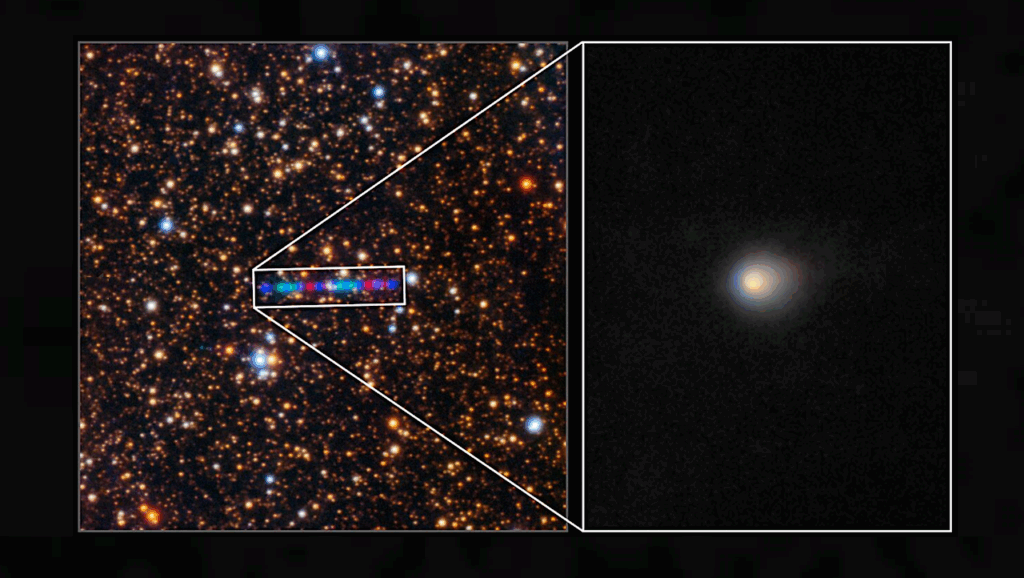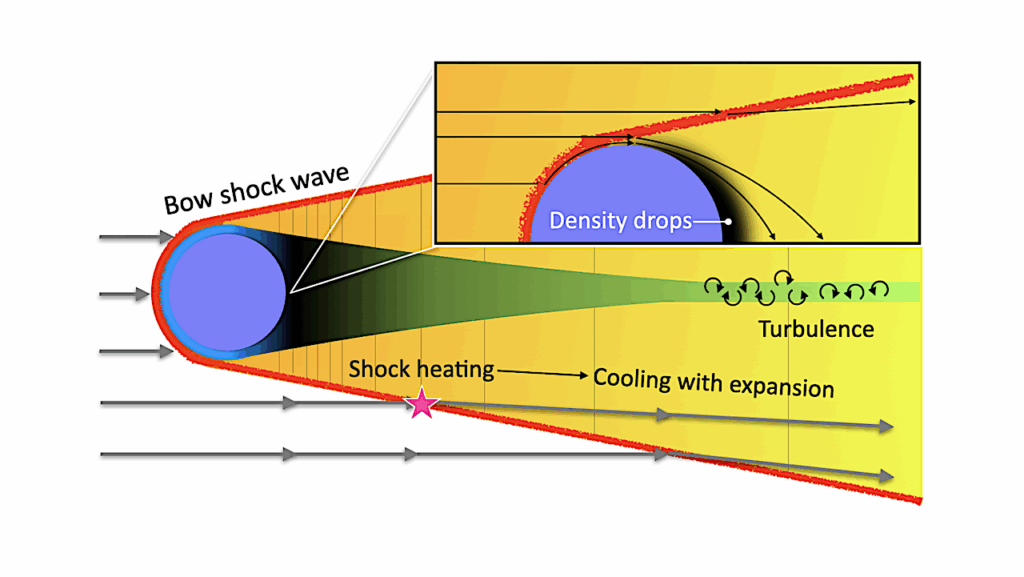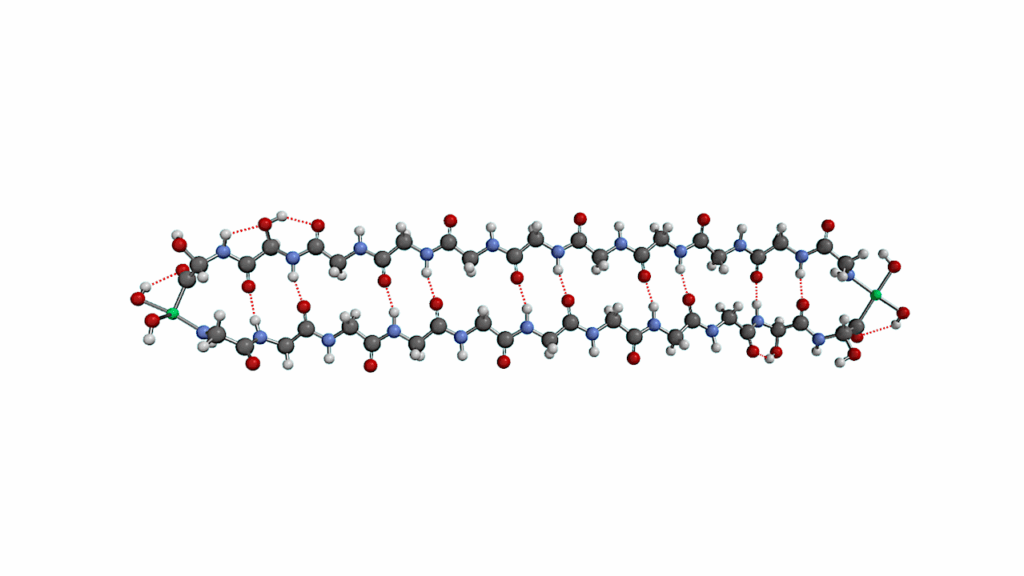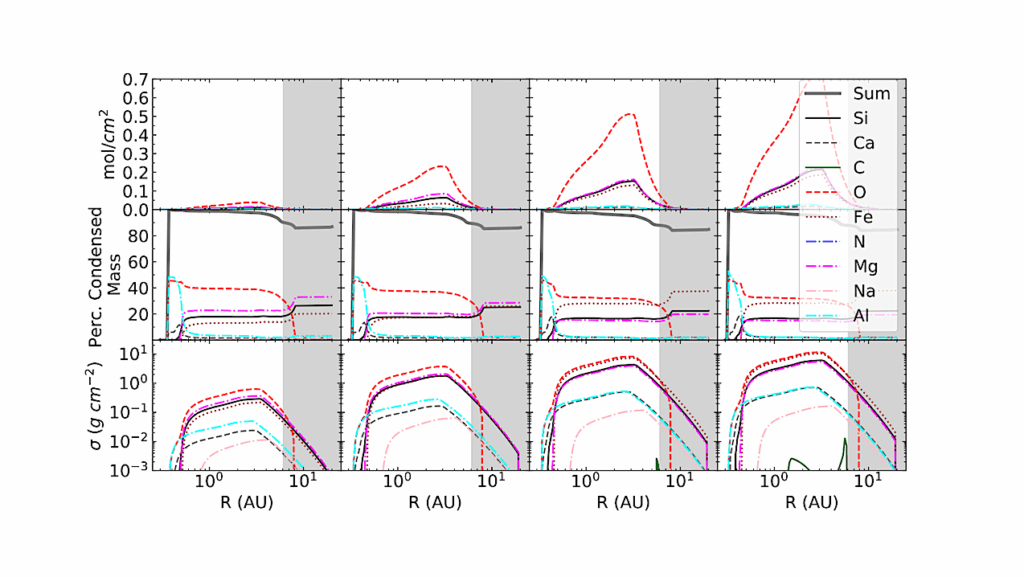Constraining The Survival Of HCN During Cometary Impacts

Cometary impacts have been invoked as an atmosphere-independent method of stockpiling hydrogen cyanide (HCN), a key prebiotic feedstock molecule, into environments favourable for the onset of prebiotic chemistry on the early Earth.
This work revisits the prospects for cometary delivery of HCN through new impacts simulations of idealised cometary bodies using the shock physics code iSALE combined with simple chemical modelling.
Using temperature and pressure profiles for material within spherical, non-porous comets with a high resolution of Lagrangian tracer particles, we assess the survival rate of HCN across a range of impact velocities, sizes and angles, assuming both steady state and equilibrium chemistry.
We find that HCN survival is extremely limited at impact velocities above the escape velocity of the Earth, unless the impact occurs at extreme obliquity (θ∼15∘). We present a parametrisation of the survival of HCN as a function of impact velocity, angle, and cometary diameter, which provides an upper limit to survival in more realistic scenarios to aid with future studies investigating the role of comets in the origins of life.
Although successful HCN delivery may be possible in our idealised model, we neglect to consider the effect of atmospheric passage and our results suggest that delivery alone is not likely to be sufficient for the onset of prebiotic chemistry.
Catriona H. McDonald, Amy Bonsor, Auriol S. P. Rae, Paul B. Rimmer, Richard J. Anslow, Zoe R. Todd
Comments: 32 pages, 12 figures. Accepted for publication in the Icarus special issue ‘Impact processes and planetary evolution’
Subjects: Earth and Planetary Astrophysics (astro-ph.EP)
Cite as: arXiv:2507.08727 [astro-ph.EP] (or arXiv:2507.08727v1 [astro-ph.EP] for this version)
https://doi.org/10.48550/arXiv.2507.08727
Focus to learn more
Journal reference: Icarus, 441, 2025, 116704
Related DOI:
https://doi.org/10.1016/j.icarus.2025.116704
Focus to learn more
Submission history
From: Catriona H. McDonald
[v1] Fri, 11 Jul 2025 16:27:30 UTC (4,459 KB)
https://arxiv.org/abs/2507.08727
Astrobiology, Astrochemistry,








